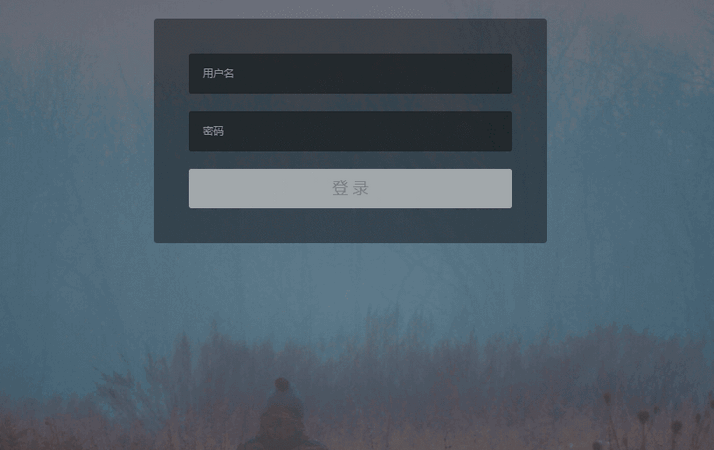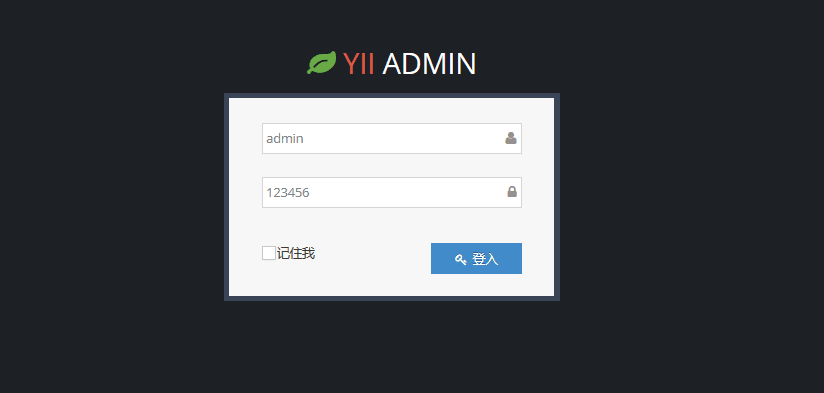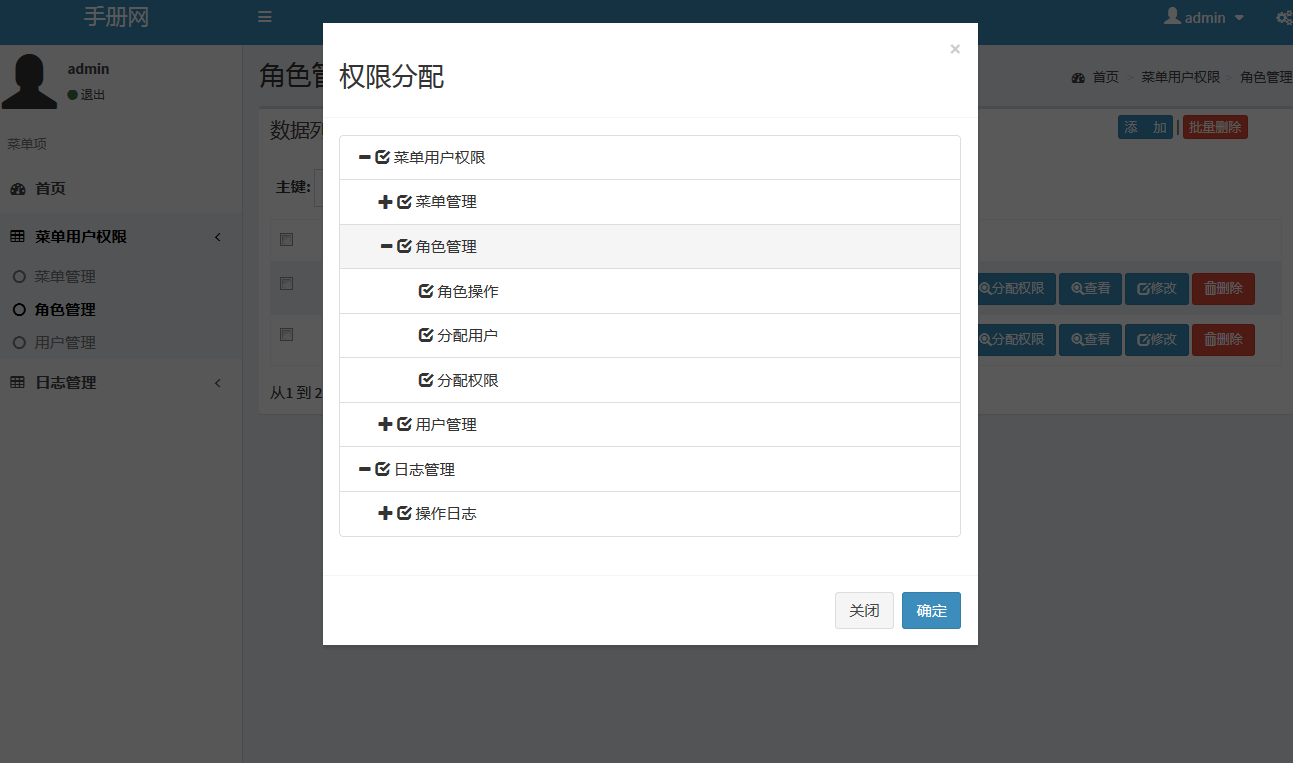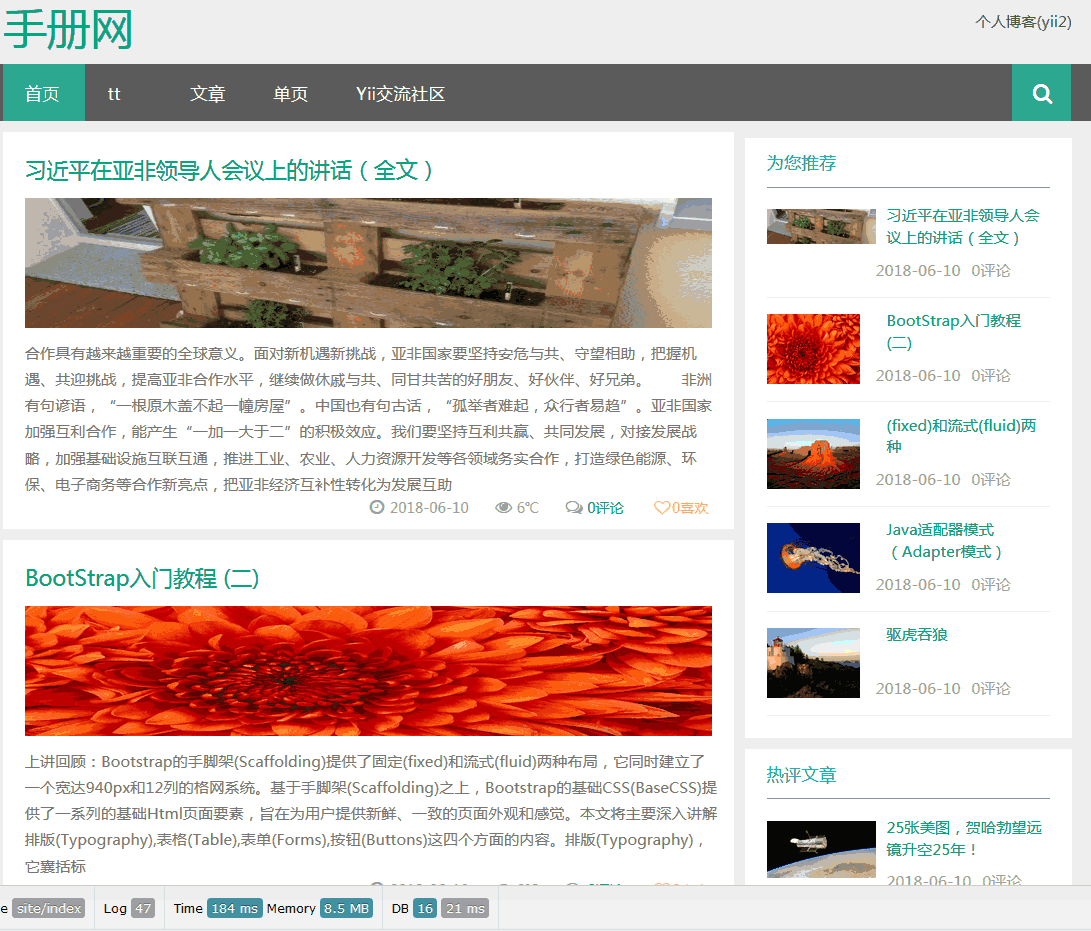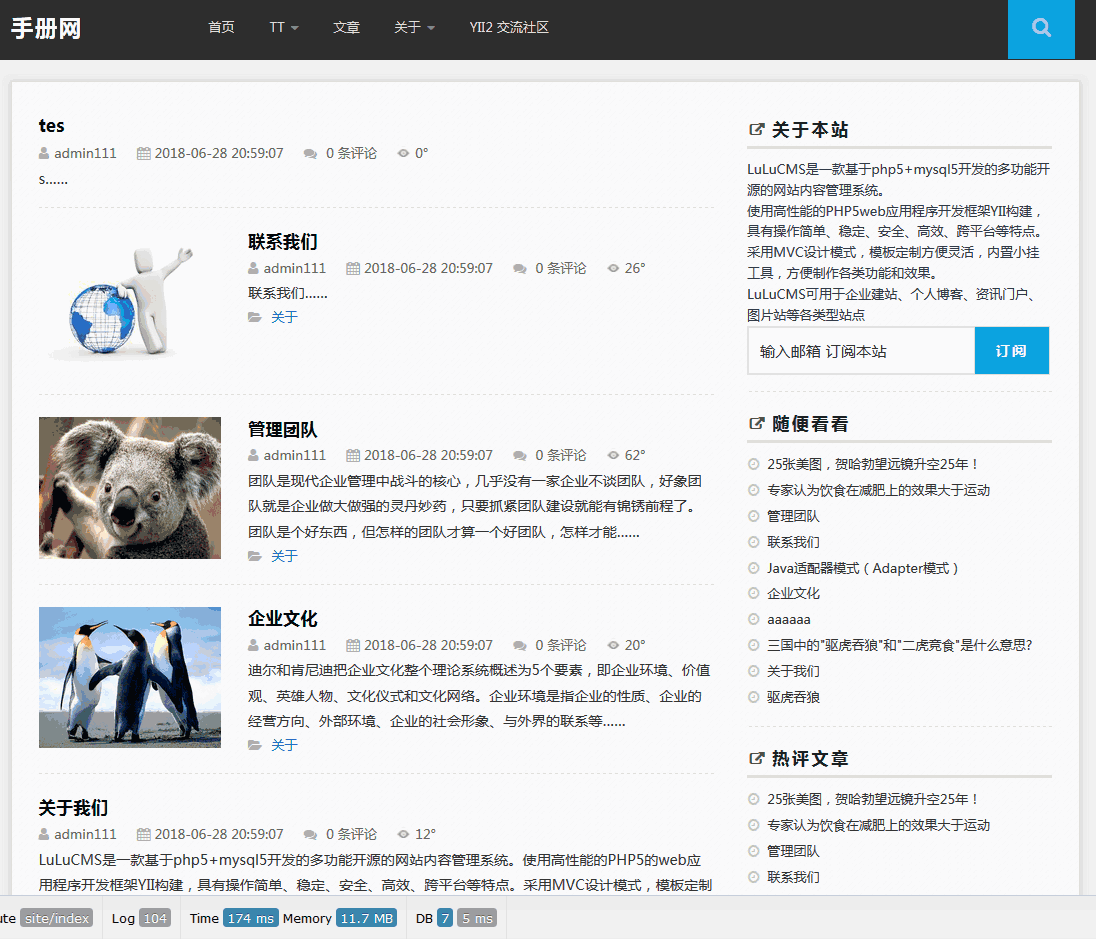【FastDev4Android框架开发】Android 数据缓存器ACache的详解和使用(四)
(一):写在前面的话
接着上一篇继续更新,上一篇文章已经把FastDev4Android项目列表下拉刷新组件(PullToRefreshListView)组件做了讲解和使用。今天项目更新是得数据缓存器(ACache)的详解和使用。
(二):功能介绍
2.1:基本介绍
ACache项目是我去年在Github上面发现的一个开源项目,首先感谢作者,感谢Github开源的力量。ACache是一个比较轻量级的数据缓存管理器(一个类ACache.java)解决问题,所以学习起来就非常简单,在中小型项目中可以较好的去使用。ACache使用采用手机包名路径下文件数据保存方式进行数据缓存,同时可以自定义设置数据缓存的路径,缓存的文件大小,以及缓存的文件数量以及相应的缓存过期时间。下面我们来看一下整个类中相应的方法和变量以及常量,这样对整个类有一个直观的了解。 

查看以上各种方法,我们可以知道ACache给我们提供了文本数据,JSON格式数据,图片等信息缓存,当然我们也可以通过实际的项目情况,对该类进行其他格式数据的扩展。
2.2:ACache流程
ACache请求处理流程 
(三):核心方法介绍
3.1:相关配置数据设置
public static final int TIME_HOUR = 60 * 60; //缓存一个小时 public static final int TIME_MINUTE = 60; //混存一分钟 public static final int TIME_DAY = TIME_HOUR * 12; //缓存一个白天 12个小时 private static final int MAX_SIZE = 1000 * 1000 * 50; // 50 mb private static final int MAX_COUNT = Integer.MAX_VALUE; // 不限制存放数据的数量- 1
- 2
- 3
- 4
- 5
以上可以自定义设置缓存时间,缓存文件大小和限制存放数据的数量等信息
3.2:静态获取ACache对象实现方法
public static ACache get(Context ctx) public static ACache get(Context ctx, String cacheName)public static ACache get(File cacheDir) public static ACache get(Context ctx, long max_zise, int max_count)- 1
- 2
- 3
- 4
使用者可以根据不同的参数分别获取ACache管理对象。
3.3:ACache对象创建方法:
①:对象获取
public static ACache get(File cacheDir, long max_zise, int max_count) { ACache manager = mInstanceMap.get(cacheDir.getAbsoluteFile() + myPid()); if (manager == null) { manager = new ACache(cacheDir, max_zise, max_count); mInstanceMap.put(cacheDir.getAbsolutePath() + myPid(), manager); } return manager; }- 1
- 2
- 3
- 4
- 5
- 6
- 7
- 8
根据以上代码可以知道在创建ACache对象的时候,会先通过Map Cache缓存中去查找是否已经存在该对象,有直接返回,如果不存在那么进行创建对象实例(通过new ACache(xxx,xx,xx)),然后保存一份到Map缓存中。
②:对象创建
private ACache(File cacheDir, long max_size, int max_count) { if (!cacheDir.exists() && !cacheDir.mkdirs()) { throw new RuntimeException("can't make dirs in " + cacheDir.getAbsolutePath()); } mCache = new ACacheManager(cacheDir, max_size, max_count); }- 1
- 2
- 3
- 4
- 5
- 6
- 7
以上代码可以得知最终我们使用的管理器就是ACacheManager实例,在这边进行缓存器的初始化(文件路径,缓存数量,缓存大小)以及数据最终保存和获取。那么最后我们来看一下整个ACacheManger的实现代码吧:
public class ACacheManager { private final AtomicLong cacheSize; private final AtomicInteger cacheCount; private final long sizeLimit; private final int countLimit; private final Map<File, Long> lastUsageDates = Collections .synchronizedMap(new HashMap<File, Long>()); protected File cacheDir; private ACacheManager(File cacheDir, long sizeLimit, int countLimit) { this.cacheDir = cacheDir; this.sizeLimit = sizeLimit; this.countLimit = countLimit; cacheSize = new AtomicLong(); cacheCount = new AtomicInteger(); calculateCacheSizeAndCacheCount(); } /** * 计算 cacheSize和cacheCount */ private void calculateCacheSizeAndCacheCount() { new Thread(new Runnable() { @Override public void run() { int size = 0; int count = 0; File[] cachedFiles = cacheDir.listFiles(); if (cachedFiles != null) { for (File cachedFile : cachedFiles) { size += calculateSize(cachedFile); count += 1; lastUsageDates.put(cachedFile, cachedFile.lastModified()); } cacheSize.set(size); cacheCount.set(count); } } }).start(); } private void put(File file) { int curCacheCount = cacheCount.get(); while (curCacheCount + 1 > countLimit) { long freedSize = removeNext(); cacheSize.addAndGet(-freedSize); curCacheCount = cacheCount.addAndGet(-1); } cacheCount.addAndGet(1); long valueSize = calculateSize(file); long curCacheSize = cacheSize.get(); while (curCacheSize + valueSize > sizeLimit) { long freedSize = removeNext(); curCacheSize = cacheSize.addAndGet(-freedSize); } cacheSize.addAndGet(valueSize); Long currentTime = System.currentTimeMillis(); file.setLastModified(currentTime); lastUsageDates.put(file, currentTime); } private File get(String key) { File file = newFile(key); Long currentTime = System.currentTimeMillis(); file.setLastModified(currentTime); lastUsageDates.put(file, currentTime); return file; } private File newFile(String key) { return new File(cacheDir, key.hashCode() + ""); } private boolean remove(String key) { File image = get(key); return image.delete(); } private void clear() { lastUsageDates.clear(); cacheSize.set(0); File[] files = cacheDir.listFiles(); if (files != null) { for (File f : files) { f.delete(); } } } /** * 移除旧的文件 * * @return */ private long removeNext() { if (lastUsageDates.isEmpty()) { return 0; } Long oldestUsage = null; File mostLongUsedFile = null; Set<Map.Entry<File, Long>> entries = lastUsageDates.entrySet(); synchronized (lastUsageDates) { for (Map.Entry<File, Long> entry : entries) { if (mostLongUsedFile == null) { mostLongUsedFile = entry.getKey(); oldestUsage = entry.getValue(); } else { Long lastValueUsage = entry.getValue(); if (lastValueUsage < oldestUsage) { oldestUsage = lastValueUsage; mostLongUsedFile = entry.getKey(); } } } } long fileSize = calculateSize(mostLongUsedFile); if (mostLongUsedFile.delete()) { lastUsageDates.remove(mostLongUsedFile); } return fileSize; } private long calculateSize(File file) { return file.length(); } }- 1
- 2
- 3
- 4
- 5
- 6
- 7
- 8
- 9
- 10
- 11
- 12
- 13
- 14
- 15
- 16
- 17
- 18
- 19
- 20
- 21
- 22
- 23
- 24
- 25
- 26
- 27
- 28
- 29
- 30
- 31
- 32
- 33
- 34
- 35
- 36
- 37
- 38
- 39
- 40
- 41
- 42
- 43
- 44
- 45
- 46
- 47
- 48
- 49
- 50
- 51
- 52
- 53
- 54
- 55
- 56
- 57
- 58
- 59
- 60
- 61
- 62
- 63
- 64
- 65
- 66
- 67
- 68
- 69
- 70
- 71
- 72
- 73
- 74
- 75
- 76
- 77
- 78
- 79
- 80
- 81
- 82
- 83
- 84
- 85
- 86
- 87
- 88
- 89
- 90
- 91
- 92
- 93
- 94
- 95
- 96
- 97
- 98
- 99
- 100
- 101
- 102
- 103
- 104
- 105
- 106
- 107
- 108
- 109
- 110
- 111
- 112
- 113
- 114
- 115
- 116
- 117
- 118
- 119
- 120
- 121
- 122
- 123
- 124
- 125
- 126
- 127
- 128
- 129
- 130
- 131
- 132
(四):使用介绍
我们在使用该工具的时候,很简单,获取对象实例,做put和get操作即可
ACache mACache=ACache.get(Contenxt) 默认获取方式,或者可以采用另外几个静态获取方法也可以,下面我们来看一下具体实现。
private Button save_cache; private Button query_cache; private EditText edit_cache; private TextView tv_cache; private ACache mAcache; @Override protected void onCreate(Bundle savedInstanceState) { super.onCreate(savedInstanceState); setContentView(R.layout.sp_cache_layout); save_cache=(Button)this.findViewById(R.id.save_cache); query_cache=(Button)this.findViewById(R.id.query_cache); edit_cache=(EditText)this.findViewById(R.id.edit_cache); tv_cache=(TextView)this.findViewById(R.id.tv_cache); mAcache=ACache.get(this); //进行保存数据 save_cache.setOnClickListener(new View.OnClickListener() { @Override public void onClick(View v) { String save_str = edit_cache.getText().toString().trim(); mAcache.put(CacheConsts.DEMO_CACHE_KEY, save_str); showToastMsgShort("缓存成功..."); } }); //进行查询数据 query_cache.setOnClickListener(new View.OnClickListener() { @Override public void onClick(View v) { String query_str=mAcache.getAsString(CacheConsts.DEMO_CACHE_KEY); tv_cache.setText(query_str); } }); }- 1
- 2
- 3
- 4
- 5
- 6
- 7
- 8
- 9
- 10
- 11
- 12
- 13
- 14
- 15
- 16
- 17
- 18
- 19
- 20
- 21
- 22
- 23
- 24
- 25
- 26
- 27
- 28
- 29
- 30
- 31
- 32
- 33
运行结果如下: 
到此为止我们今天ACache的讲解和使用结果,详细代码项目地址:
https://github.com/jiangqqlmj/FastDev4Android
同时欢迎大家star和fork整个开源快速开发框架项目~如果有什么意见和反馈,欢迎留言,必定第一时间回复。也欢迎有同样兴趣的童鞋加入到该项目中来,一起维护该项目。
- 没有章节






